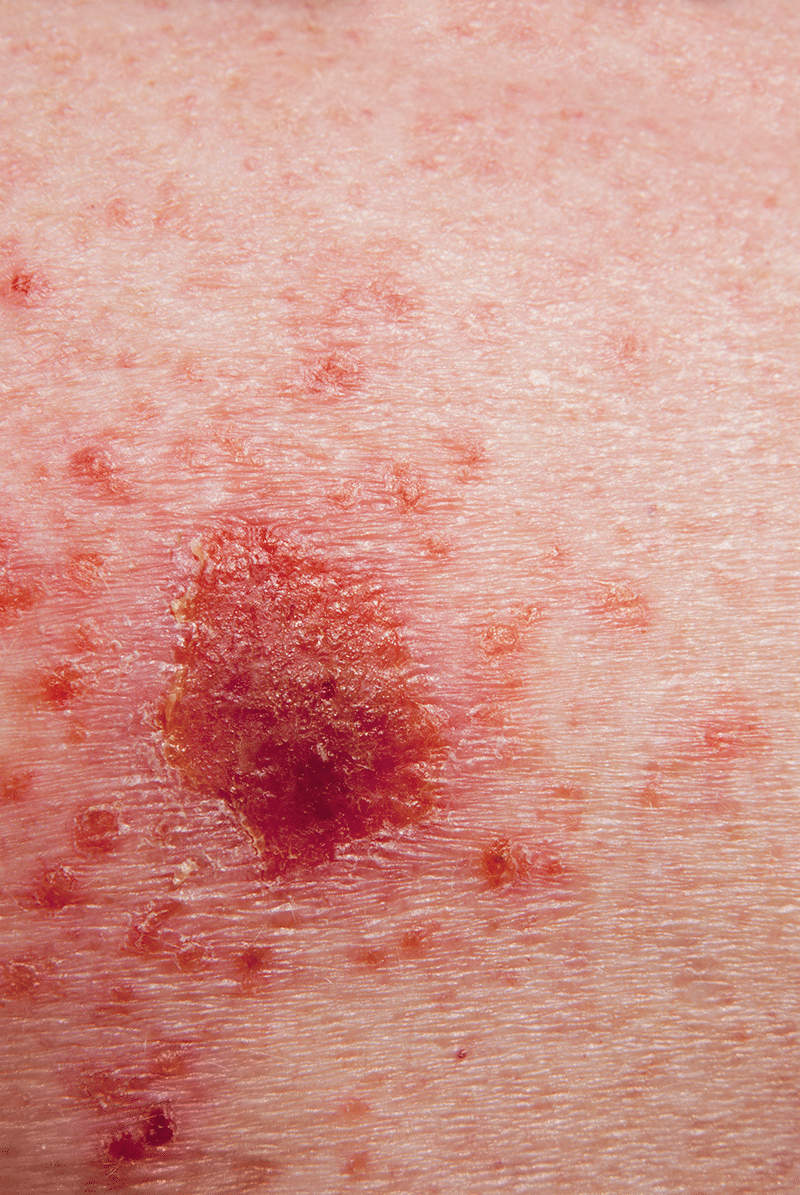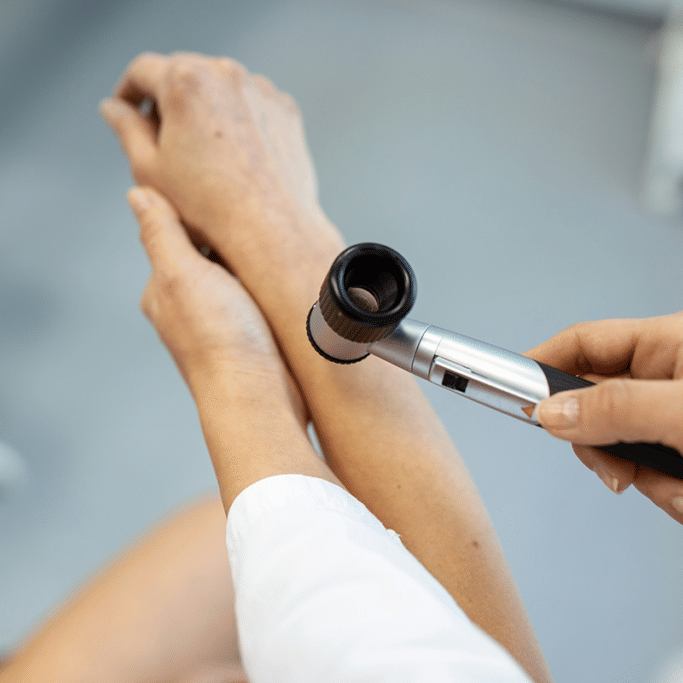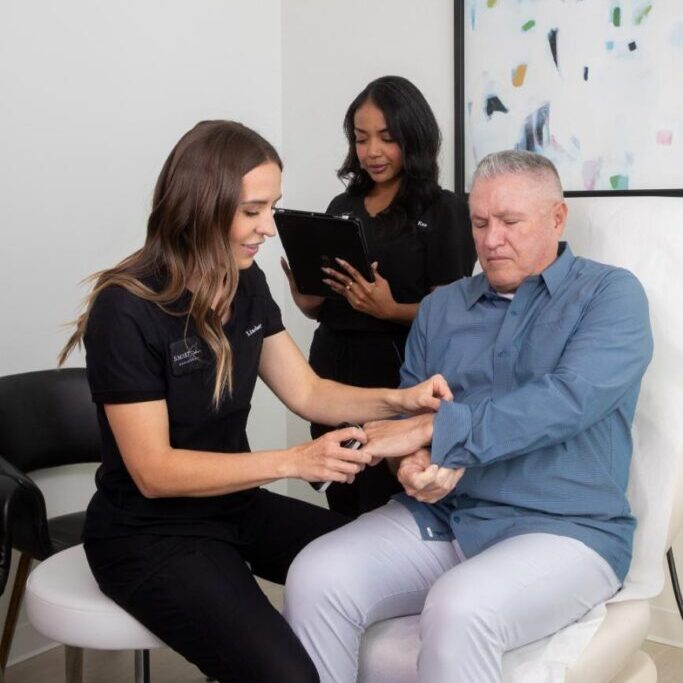Unmasking the Most Common Foe: Unraveling the Mysteries of Basal Cell Carcinoma
Understanding the Enemy
A Cause for Concern, Yet Hopeful
Unearthing the Warning Signs
BCC typically presents with a variety of telltale signs
Early Detection is Key to Victory

Confronting the Threat: Effective Treatment Options
Invasive BCC
Superficial BCC
Beyond Treatment: Prevention is Key
Taking Control of Your Skin Health
By understanding BCC, recognizing its signs, and adopting preventive measures, you can empower yourself to safeguard your skin's health. Remember, early detection is key, so do not hesitate to consult a dermatologist if you suspect any unusual changes in your skin. Together, we can ensure your skin remains healthy and radiant for years to come.




